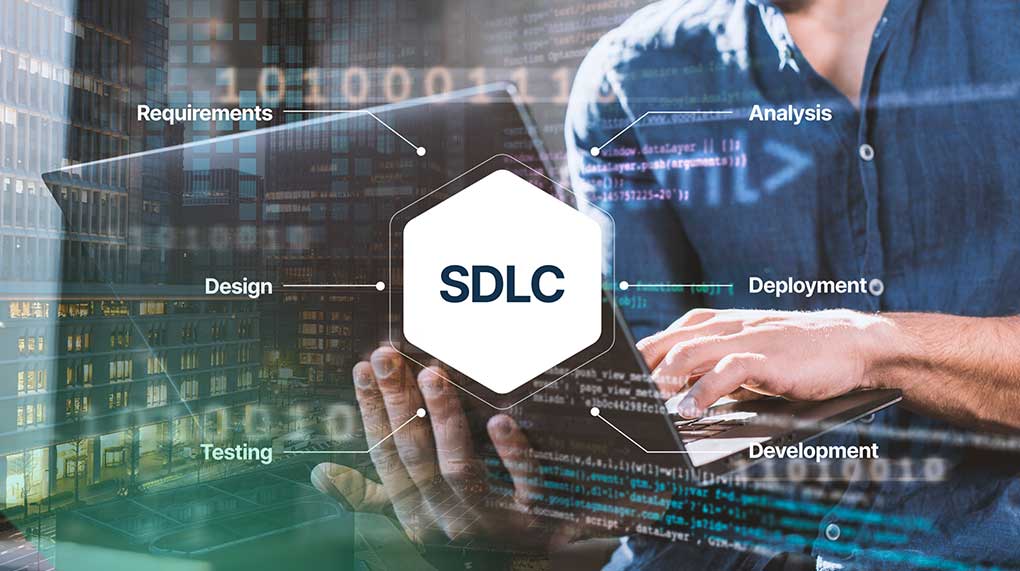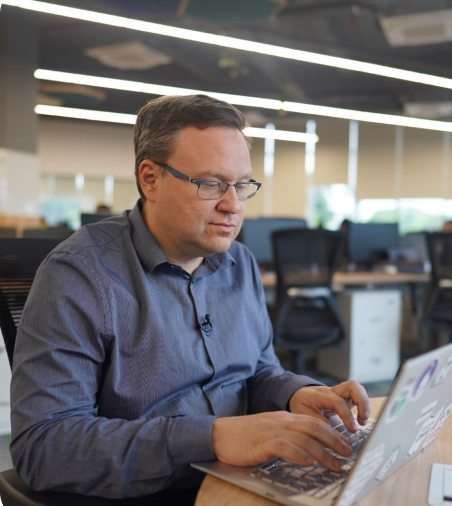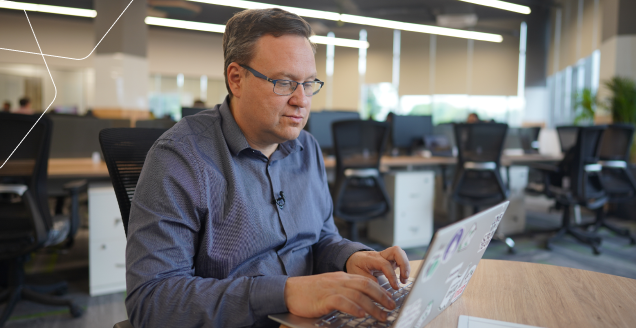Secure Software Development and the Role of Effective Secure Development Lifecycle in Promoting Data Security

Based on a 2023 IBM report, the average cost of a data breach was $4.45 million. That’s a 15% increase in just three years and it paints a stark reality—that there’s a growing need for security and it should no longer be seen as an afterthought.
It’s no longer enough for businesses or developers to release their products and address issues through patches. There’s now a growing focus on integrating security into the software development process to create a solution that’s secure at the outset.
What Is a Secure Software Development Lifecycle (SSDLC)?
Secure software development is critical in safeguarding data and combatting cyber threats. With the traditional software development lifecycle (SDLC), security is often left out. The problem is that in today’s increasingly digital landscape, data breaches and cyber threats are on the rise.
A secure development lifecycle focuses on adding security practices at each stage of the software development process, from designing to testing. Secure SDLC (SSDLC) operates on the following key principles:
- Security Integration: Security must be integrated at the start of the development lifecycle.
- Risk Assessment: Businesses and developers must identify potential security risks.
- Monitoring: Throughout the software’s lifecycle, you must continue to monitor it for potential security vulnerabilities.
- Updates: Your software must be kept up to date and all vulnerabilities should be addressed through patches.
- Security Education: Your team should be educated in secure coding practices and secure SDLC best practices.
This systematic approach allows businesses and developers to identify and address potential security vulnerabilities. Consequently, this reduces the risk of data breaches and cyber threats.
Some common SDLC methodologies include:
- Waterfall
- Agile
- Lean
- DevOps
- Scrum
The methodology you use plays a role in how you perform secure software development. For instance, if you’re using the waterfall model, you must identify any vulnerabilities and address them early on. That’s because this model follows a linear process—if you miss addressing a security risk, then it’s going to remain in the product.
Meanwhile, the Agile methodology focuses on developing a product quickly. While this has some benefits, it may cause you to overlook critical security protocols.
Benefits of a Secure Software Development Lifecycle
Implementing a secure software development lifecycle ensures that you’re building a secure solution. Secure SDLC is quickly becoming a necessity, with the rise of more complex security risks and cyberattacks. How can organizations and end users benefit from SSDLC?
- Reduced Security Vulnerabilities
Adopting an SSDLC methodology allows you to detect and address security vulnerabilities before they become major issues. This helps businesses and developers save time and resources needed to address issues at more advanced stages. Because these issues are detected early on, you can reduce the cost that comes with implementing security fixes later on.
- Improved Software Quality
A secure software development lifecycle entails conducting tests at every stage to address any bugs or issues. This gives your development team enough time to be thorough with their work and create a more reliable product. And because you’re not backtracking your work or spending a lot of time fixing major security issues, SSDLC allows for faster development.
- Compliance with Regulations
With SSDLC, you’re better equipped to comply with stringent regulations on data privacy and cybersecurity. This then helps you avoid legal consequences.
Key Stages of a Secure SDLC
Identifying vulnerabilities and potential bottlenecks from the get-go is essential to creating a secure solution. Below is an overview of the key stages of building a secure development lifecycle.
- Planning and Requirements
In this stage, you need to define your project scope and other key elements like your resources, budget, and objectives. You must analyze user requirements and identify any potential risks or threats to your software (data breaches, unauthorized access, etc.). This allows you to better understand what your software needs to do so you can build a secure solution.
- Design and Architecture
During this phase, you need to define your software’s critical aspects like its structure and data. This will help you in creating a comprehensive design for your software’s system architecture.
- Implementation
This step entails developers writing code that follows your design and requirements. This is also where security principles are applied.
- Testing and Deployment
This critical phase allows you to identify and address security issues and vulnerabilities. Testing methods include system testing and integration testing. Once done, your product is ready for release.
- Maintenance and Monitoring
Maintenance and monitoring are crucial to ensure that your product remains secure. This phase may involve fixing bugs, releasing updates, and providing ongoing support.
Best Practices for Secure SDLC
Implementing an effective secure SDLC requires organizations to zero in on security awareness. Below are some of the best practices worth looking into:
- Be specific with your specifications and security guidelines to help your developers come up with a product that meets your security requirements.
- Conduct regular security audits to assess how vulnerable your product is to attacks early on. Aside from security audits, you also need to conduct an architectural risk analysis to help you identify flaws.
- Build a culture of security and growth within your organization. Implementing an SSDLC will impact your team and how you work. Encourage your team to follow security protocols and be open to learning. Provide them with security training to help build awareness. Lastly, equip them with the tools and technologies, such as SAST and DAST tools, needed for them to effectively implement SSDLC.
Final Thoughts
As the world increasingly shifts to digital, there’s a need for organizations to develop security-focused solutions. Custom software development enables you to implement a more secure development lifecycle. Working with a reputable software development company in the USA can help you design, develop, and implement secure SDLC.
Today’s businesses are facing the growing risk of more complex security issues and cyber threats. Focusing on building secure solutions enables organizations to pave the way for a more secure digital landscape.

